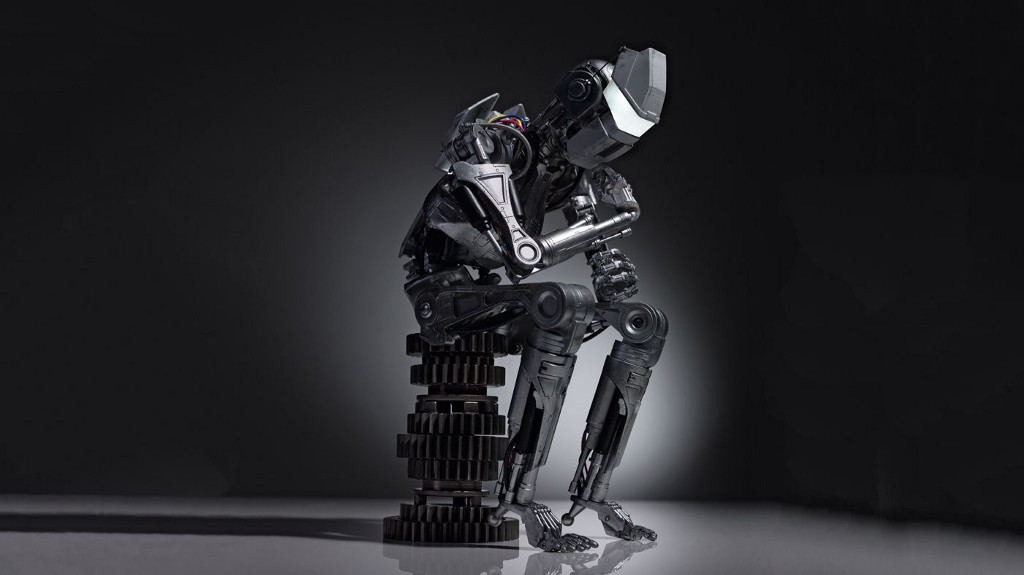In pop culture, AI is often associated with a terrifying rise of the machines and a dystopia in which only the fittest, handsomest humans survive.
To wit: Facebook AI bots, “Bob” and “Alice,” were quickly shut down after they started using their own language to communicate with each other.
“Sizing the Prize,” from PwC flips that image on its head and forecasts enormous economic impact from AI by 2030. With Global Trade Analysis Project (GTAP) data on the size of different economic sectors, the report forecasts global GDP will increase by 14% in 2030 as a result of the accelerating development and take-up of AI. That would mean an additional $15.7 trillion, with the greatest gains in China (up to a 26% boost of its GDP) and North America (up to a 14% GDP boost) — more than the current output of China and India combined.
The biggest gainers will be in retail, financial services and healthcare as AI increases productivity, product quality and consumption.“Carebots” are already being tested to care for the elderly and provide doctors with all of the information they need to make the best decisions. The PwC report highlights the potential for AI-powered diagnostics that use the patient’s unique history to spot deviations and flag health conditions in need of further investigation and treatment. In the long term, robots could likely both diagnose and treat.
Machines will learn to identify potential pandemics by tracking incidence of diseases and helping prevent and contain their spread. One of the problems with treating patients infected with HIV, for example, is the virus’s high genetic variability.
AI excels at such multivariate analyses; by plugging in vast amountsof data and tracking every variable at once, deep learning and neural nets can suss out patterns that humans can’t see. That might not make for a box-office smash, but could one day make epidemics history.











